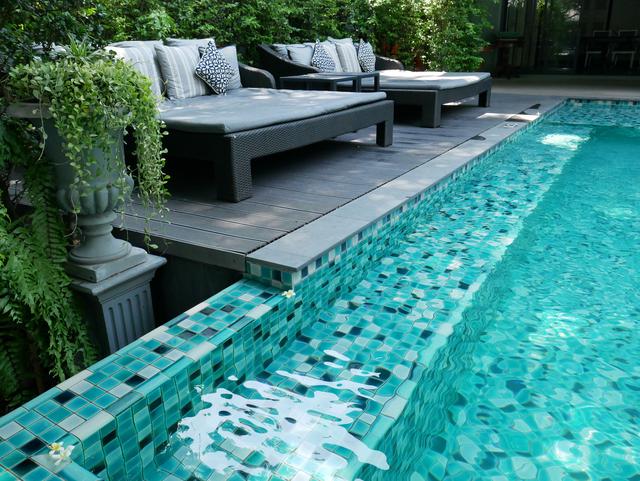If you're a homeowner who wants to grow plants year-round, then building a greenhouse is an excellent solution. A greenhouse can provide a controlled environment that protects your plants from harsh weather conditions and pests. However, before you start building your greenhouse, it's essential to gather all the necessary materials. In this article, we'll discuss the essential materials needed for building a greenhouse.
Frame Materials
The first material you'll need is the frame for your greenhouse. You can choose from a variety of materials, including wood, PVC, aluminum, and steel. Each material has its advantages and disadvantages. For example, wood is affordable and easy to work with, but it can rot over time. On the other hand, aluminum and steel are durable, but they can be expensive. PVC is also affordable, but it's not as strong as other materials. Consider your budget, the climate in your area, and the size of your greenhouse when choosing the frame material.
Covering Materials
The covering material is what will protect your plants from the elements. The most common materials for greenhouse coverings are glass, polycarbonate, and polyethylene. Glass is durable and allows for maximum light transmission, but it's also heavy and can break easily. Polycarbonate is lightweight and shatter-resistant, but it can be expensive. Polyethylene is affordable and lightweight, but it has a shorter lifespan than other materials. Choose the material that best suits your budget and needs.
Foundation Materials
A sturdy foundation is crucial for any greenhouse. The foundation will support the weight of the structure and prevent it from shifting or tilting. The most common materials for greenhouse foundations are concrete, gravel, and pressure-treated wood. Concrete is the most durable option but can be expensive. Gravel is affordable and easy to install, but it doesn't provide as much support as concrete. Pressure-treated wood is affordable and can be used to create a raised bed foundation. Consider your budget, the soil type in your area, and the size of your greenhouse when choosing the foundation material.
Heating and Cooling Materials
Maintaining a consistent temperature is essential for the health of your plants. Depending on your climate, you may need to add heating or cooling elements to your greenhouse. The most common materials for heating and cooling are electric heaters, fans, and vents. Electric heaters are effective but can be expensive to operate. Fans and vents are affordable and provide good air circulation but may not be sufficient in extremely hot or cold weather. Consider the climate in your area and the type of plants you want to grow when choosing heating and cooling materials.
Building a greenhouse can be a fun and rewarding project for any homeowner. However, it's essential to gather all the necessary materials before starting. The frame, covering, foundation, and heating and cooling materials are all crucial components of a successful greenhouse. By choosing the right materials for your budget and needs, you can create a beautiful and functional greenhouse that will provide a year-round growing environment for your plants.






comments